WHY WAS JOHN THE BAPTIST?
INTRODUCTION
John the Baptist (or rather Yohanan as in his home language of Aramaic), is a familiar figure in Christian churches. He is particularly revered for pointing to Jesus (or Yeshua in his home language). No one asks why Yohanan did his work of baptising people, nor what it meant for him and so what it can mean for us.
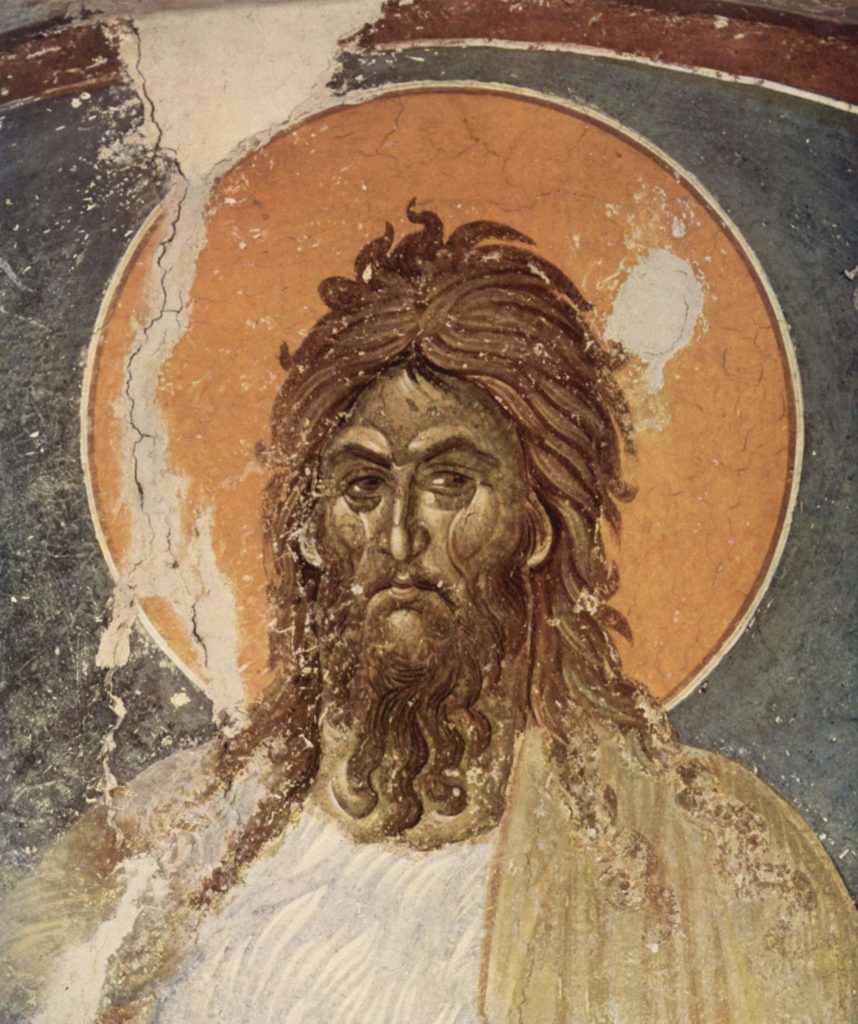
JOHN’S UNIFORM
About 880 years prior to the ministry of Yeshua (Jesus) of Nazareth, the king of Israel fell from the rooftop patio of his palace and seriously injured himself. He sent messengers to the god of Ekron to ask if he would die. They were met by a fierce figure who announced that the king would die. When the king asked them what this man was like, the messenger replied “He wore a garment of haircloth, with a girdle of leather about his loins.” The king said, “It is Elijah.” (2 Kings 1.8)
Mark’s gospel starts in the same way: Yohanan (John) was clothed with camel’s hair, and had a leather girdle around his waist. (Mark 1.6). In other words, for the first time in centuries Yohanan, or John the Baptist, was wearing the uniform of a prophet. His very clothing was a megaphone saying, ‘You’d better listen to this, this is God speaking.’
THE PUZZLE OF JOHN
The gospel writers had a hard job making sense of Yohanan. How did his ministry fit into the later ministry of Yeshua? In particular what was the point of his baptising people? About twenty years later Paul found some disciples in Ephesus – in fact they were disciples of John/Yohanan and had received his baptism. So they were ‘in’ but not completely ‘in’.
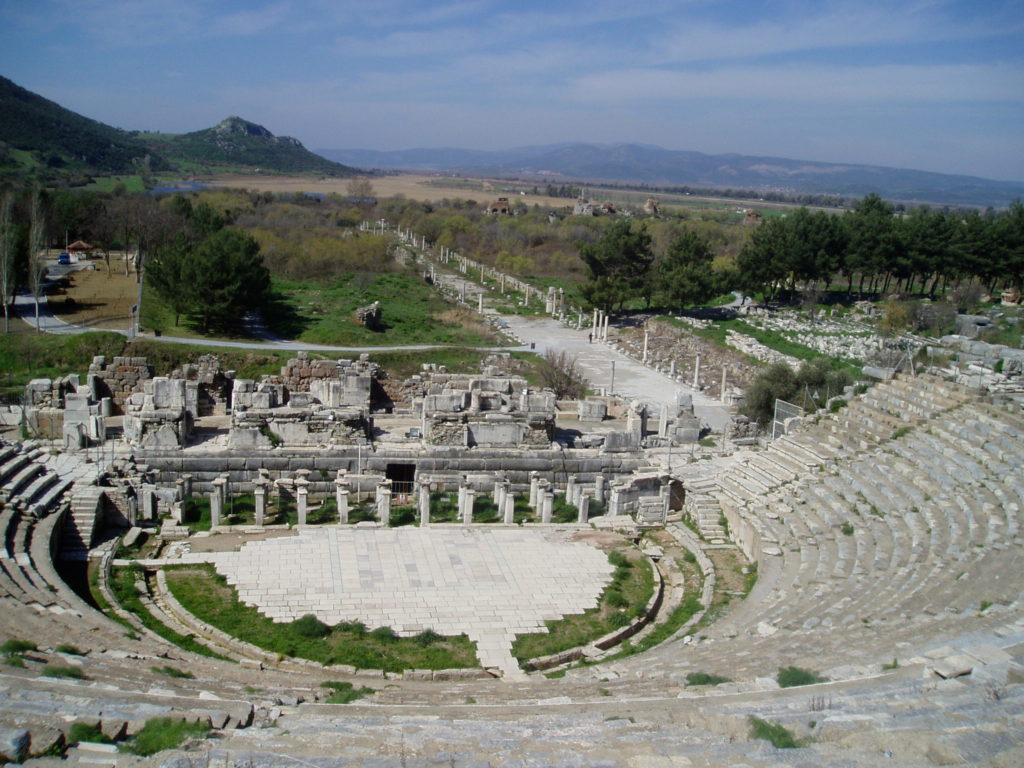
Paul said, ‘John baptised with the baptism of repentance, telling the people to believe in the one who was to come after him, that is, in Jesus.’ On hearing this, they were baptised in the name of the Lord Jesus. When Paul had laid his hands on them, the Holy Spirit came upon them, and they spoke in tongues and prophesied— altogether there were about twelve of them.
(Acts 19.4-7)
But if Yeshua was superior to Yohanan, how come that Yohanan had baptised him?
After all –
WHAT WAS BAPTISM?
Baptism was a common Jewish practice at the time of Yohanan and Yeshua. But – and this is the point – it was only proselyte baptism. It was for admitting Gentiles – people outside the Law – into the community of God’s people. It was not the same as the ritual washings which observant Jews practised religiously, as Muslims and Sikhs do today. The word ‘baptizein’ was not a particularly religious word. It meant being sunk, overwhelmed. If you want a good example of a baptised ship, you could take the Titanic.
So the meaning was not being cleansed, it was being drowned. After baptism your old pagan life was dead and you could be reborn as a Jew.
(See Warmbier, M. (2009). John’s Baptism as Jewish Proselyte Baptism, https://digitalcommons.csp.edu/cup_commons_undergrad/128)
)
A SHOCK!
Yohanan’s shocking message was to proclaim baptism as a new start with God to his fellow Jews. In other words, he treated then as if they were Gentiles, needing to make a completely new start. He in effect excommunicated the entire Jewish nation.
A parallel might be if the vicar got up on Sunday morning and announced that from now on only Christians who had undergone adult baptism were allowed to take communion. That would create an uproar!
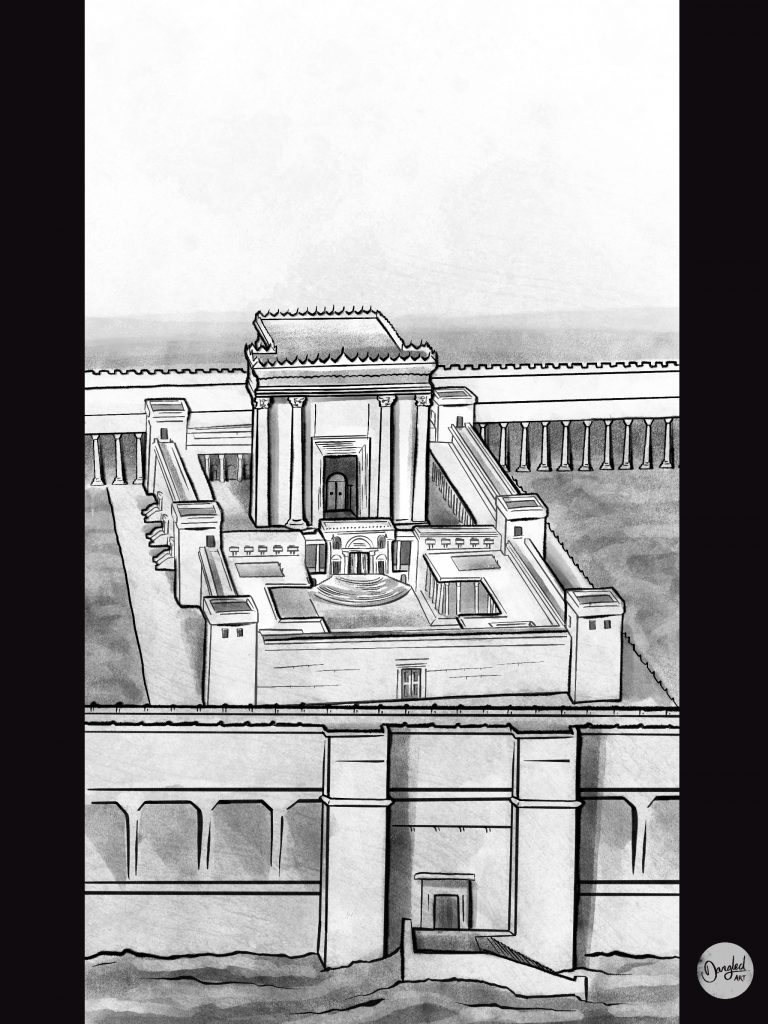
Yohanan’s proclamation had two effects. Those who had hitherto felt excluded from the fellowship of righteous Jews were enthusiastic followers. The Jewish authorities, especially the priests and lawyers in Jerusalem, saw their authority totally undermined. No wonder they got tongue-tied when Yeshua challenged them to give a judgement on Yohanan:
Jesus said to them, ‘I will ask you one question; answer me, and I will tell you by what authority I do these things. Did the baptism of John come from heaven, or was it from men? Answer me.’ They argued with one another, ‘If we say, “From heaven”, he will say, “Why then did you not believe him?” But shall we say, “From men”?’—they were afraid of the crowd, for all regarded John as truly a prophet. So they answered Jesus, ‘We do not know.’ (Mark 11.29-33)
FROM JOHN’S BAPTISING TO CHRISTIAN BAPTISING
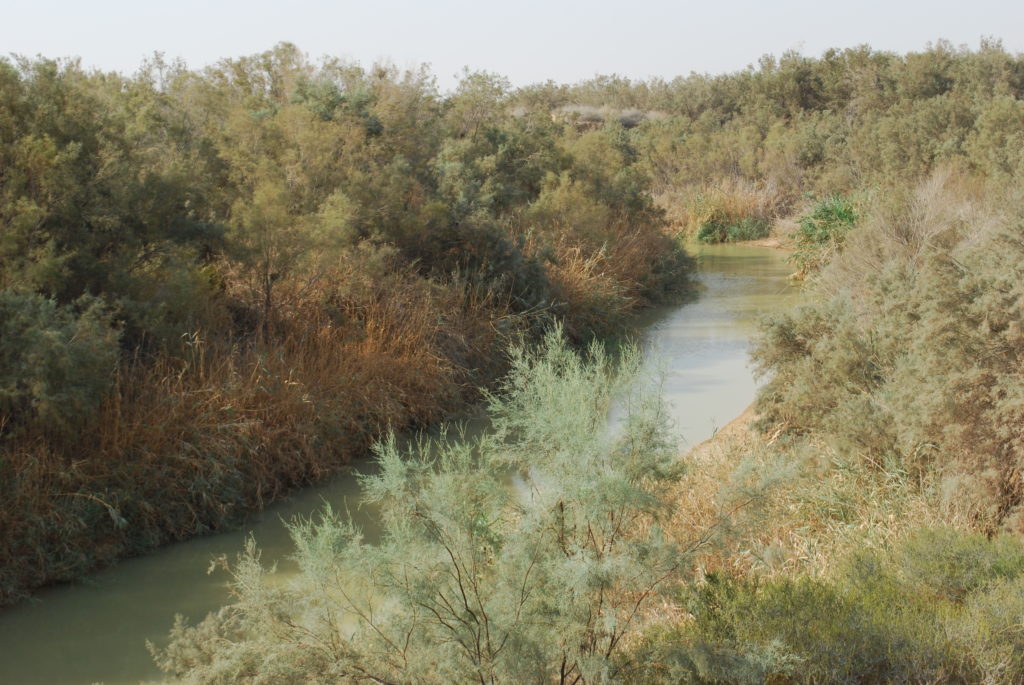
Yohanan’s proclamation of baptism for his fellow-Jews seems to have died out after his arrest by Herod of Galilee. Yeshua carried it on for a short while. We don’t know why he stopped.
After this Jesus and his disciples went into the Judaean countryside, and he spent some time there with them and baptised. John also was baptising at Aenon near Salim because water was abundant there; and people kept coming and were being baptised— John, of course, had not yet been thrown into prison. (John 3.22-24)
PENTECOST
Christian baptism started on the Day of Pentecost, fifty days after Yeshua’s resurrection. The story in Acts 2 is well known in churches, at least the start of it. The disciples were all together in one place (12 or 120?) when they had an overwhelming experience of God’s spirit on them. They burst into the open, praising God with weird words. A crowd collected and Shim’on Kefa (Simon/Simeon Peter) was pushed to the front as the spokesman. He proclaimed openly that God had raised Yeshua from death and that he was the Anointed One whom Israel had been longing for.
Now, when Shim’on had woken up that morning and eaten his cornflakes, he had no idea that there would be a visitation of the Holy Spirit, nor that he would have to speak to a large crowd extempore, nor that the crowd would be ‘Cut to the heart and say … “Brothers, what should we do?”’ (Acts 2.37)
Shim’on had to say something. I guess that his mind flashed back to the beginning of his spiritual journey with Yeshua, starting with being baptised by Yohanan. So in a moment of inspiration, he said, “Repent, and be baptised every one of you in the name of Jesus Christ so that your sins may be forgiven; and you will receive the gift of the Holy Spirit.” (Acts 2.38)
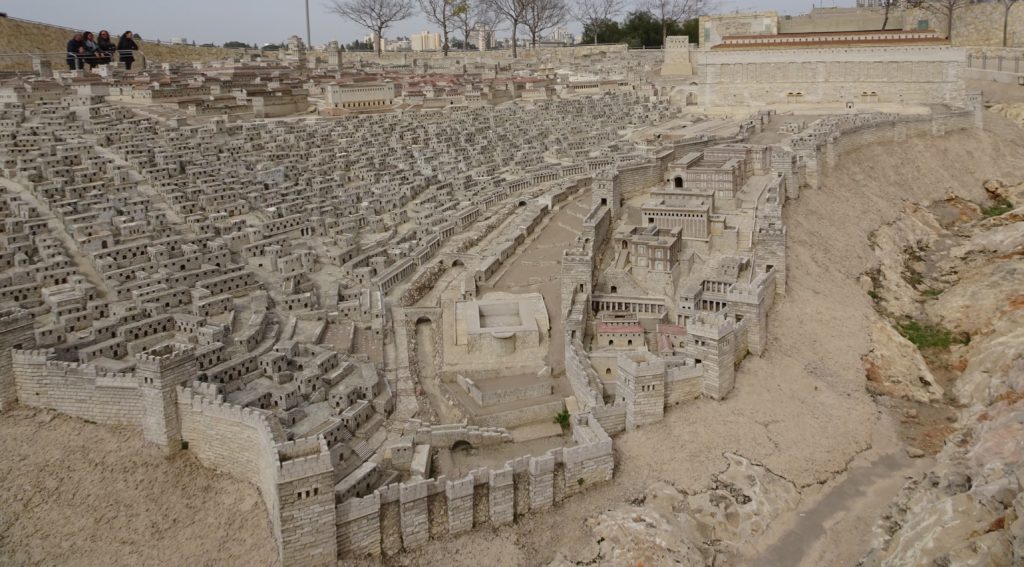
Luke tells us that three thousand were baptised that day. This was THE major event of Pentecost. If all of the Twelve had helped in baptising them, taking two minute per person, the baptisms would have lasted eight hours continuously down at the Kidron river, in full view of the Temple. In my book ‘Jesus the Troublemaker’, this is what the Captain of the Temple Police reported to Caiaphas the High Priest.
WHO WERE THEY?
1 They were all Jews. The Yeshua project was still about creating a new people of God within Israel with the hope of transforming the whole nation.
2 They came from all over. Pentecost (meaning fifty days after Passover) or Shavuot was of the three great pilgrimage festivals in Jerusalem. Acts 2 makes it clear that Jews travelled from all over the known world to get there. So, as the Captain of the Temple Police reported (in my imagination), most of those who were baptised would leave Jerusalem in a few weeks’ time. So after that the core of the community could fit into one large house. (Acts 12.12)
GENTILES

Later it was easy to transfer the baptism to include the Gentiles, because the fundamental message of Yohanan had been to assert by deed rather than word that Jews had lost their special position with God and had to start again. The big question then which was discussed in most of our New Testament, is what that meant in terms of keeping the ritual and ethical commandments. That is a live question to this day, especially for those trying to ‘Live in Love and Faith’.
CONCLUSION
How close is modern Christian baptism to that of Yohanan the Baptiser?
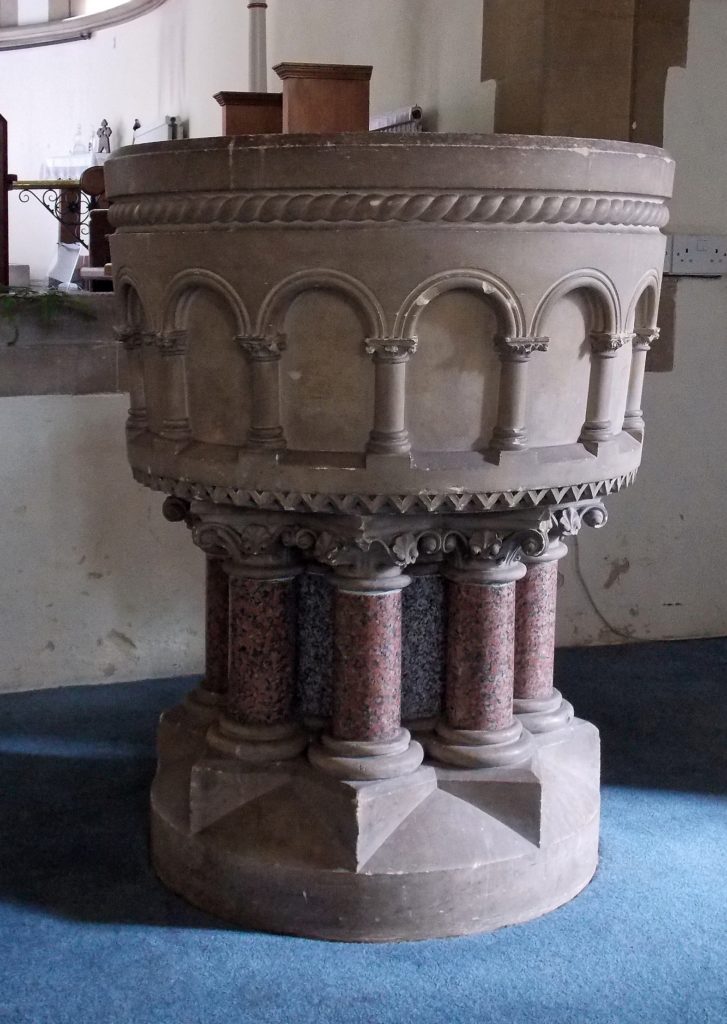
Very close indeed whenever someone is baptised as an adult. It is a life-changing moment, the entry into a new spiritual family. The symbolism is there particularly when one is immersed in water; or as the old Book of Common Prayer put it, ‘dipped’ rather than ‘sprinkled’. You can see it brilliantly portrayed in the film ‘My Big Fat Greek Wedding’.
Much of the meaning is lost when people are baptised, or christened’ as a baby. That seems to me to be more like the Jewish practice of circumcision, and we know what St Paul thought of that.
